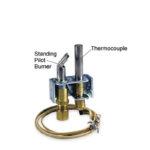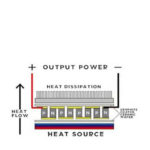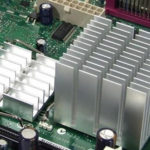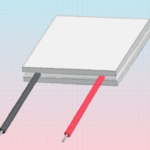 Machine vision technology is enabling sophisticated object detection, recognition and collision avoidance systems for next-generation autonomous vehicles, drones, and robotics. Utilizing temperature-sensitive imaging sensors and cameras, machine vision systems require active cooling to deliver optimal image resolution independent of the operating environment. The HiTemp ET Series Peltier thermoelectric module from Laird Thermal Systems is designed to keep sensors cool and operating at peak performance in machine vision applications.
Machine vision technology is enabling sophisticated object detection, recognition and collision avoidance systems for next-generation autonomous vehicles, drones, and robotics. Utilizing temperature-sensitive imaging sensors and cameras, machine vision systems require active cooling to deliver optimal image resolution independent of the operating environment. The HiTemp ET Series Peltier thermoelectric module from Laird Thermal Systems is designed to keep sensors cool and operating at peak performance in machine vision applications.
Sensors used in machine vision applications convert photons to electrons for digital processing. Thermal noise can negatively affect image resolution as the temperature of the sensor assembly increases. This can occur in many machine vision applications where heat generated by surrounding electronics or in the environment exceeds the maximum operating temperature of the sensor. To prevent image quality from deteriorating, solid-state thermoelectric coolers can reduce the sensor’s temperature to meet proper design specifications, thus maintaining acceptable noise levels.
Thermoelectric cooler modules use the Peltier effect to create a temperature differential (?T) to transfer heat from one side of the device to the other. A standard single-stage Peltier cooler can achieve temperature differentials of up to 70°C, while a multi-stage Peltier module can achieve much higher temperatures. Thermoelectric modules are integrated directly into the sensor assembly and typically require a heat sink or other heat exchanger to dissipate heat into the surrounding environment.
Supporting applications operating in temperatures ranging from 80 to 150°C, the single-stage HiTemp ET Series offers a cooling capacity of more than 300 watts in a compact form factor. To meet a broad range of emerging applications, the HiTemp ET Series includes over 50 models with a wide variety of heat pumping capacities, form factors, and input voltages. In high-temperature environments, enhanced module construction prevents copper diffusion and degradation in performance, which can occur in standard grade thermoelectric modules.






Leave a Reply